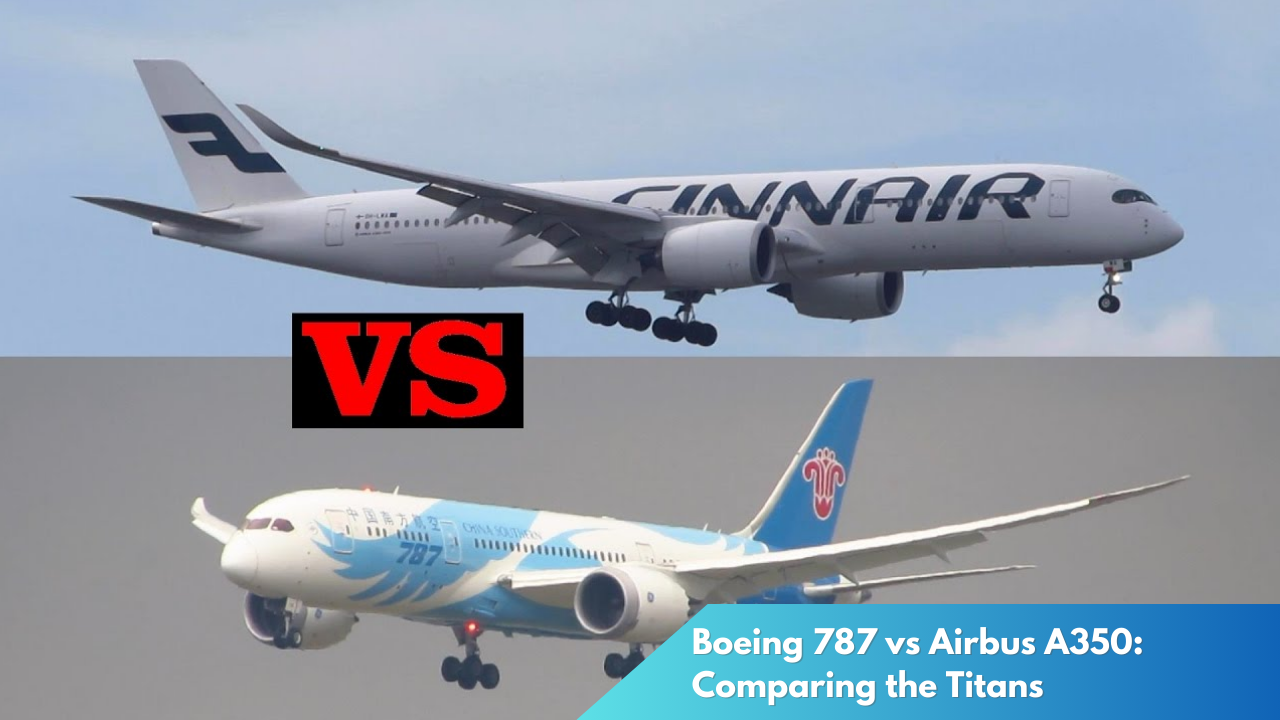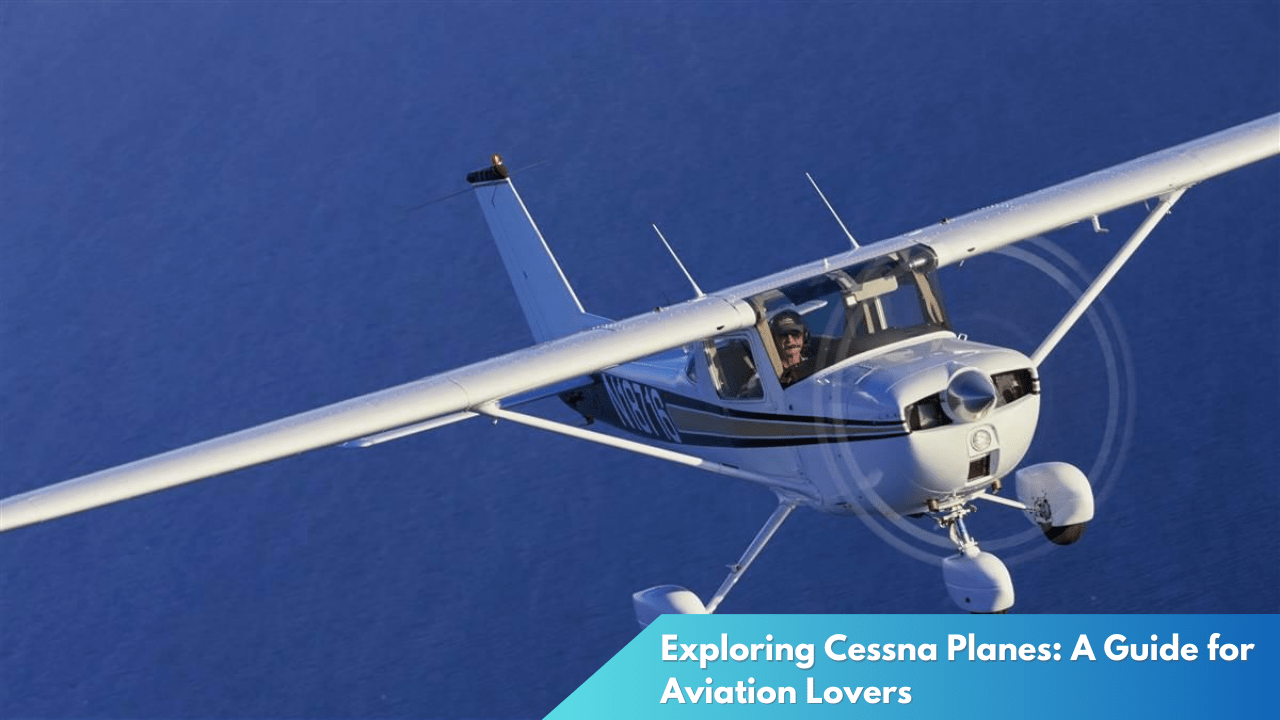Boeing 787 vs Airbus A350: Comparing the Titans
Certainly! Here’s a professional journalistic article comparing the Boeing 787 and the Airbus A350.
In the world of aviation, two aircraft stand as beacons of modern engineering: the Boeing 787 Dreamliner and the Airbus A350 XWB. Both aircraft symbolize innovation and are the spearheads of their respective manufacturers. While they share similarities as long-range, wide-body jetliners, each brings unique features to the table that cater to the needs of airlines and passengers alike. This article delves into the key differences and similarities between these titans of the sky, offering insights on their performance, comfort, and efficiency.
Boeing 787 vs Airbus A350: A Detailed Comparison
The Boeing 787 Dreamliner, introduced in 2011, was a game-changer in the aviation industry. It was the first major airliner to use composite materials for most of its construction, reducing weight and improving fuel efficiency. The aircraft offers three variants: the 787-8, 787-9, and 787-10, each varying in range and passenger capacity. Meanwhile, the Airbus A350, which entered service in 2015, also features a high percentage of advanced composite materials. The A350-900 and A350-1000 variants provide flexibility for airlines, offering different capacities and ranges tailored to various market needs.
Both the Boeing 787 and Airbus A350 are designed for long-haul flights, but they differ in some significant ways. The Boeing 787 typically carries between 242 to 336 passengers, depending on the variant, while the A350 accommodates anywhere from 300 to 440 passengers in a typical three-class layout. This difference in passenger capacity highlights the distinct market niches these aircraft serve. Furthermore, Boeing’s focus on smaller and more fuel-efficient aircraft contrasts with Airbus’s design, which prioritizes passenger capacity and extended range.
In terms of technological advancements, both aircraft boast state-of-the-art features. The Boeing 787’s advanced aerodynamics and wing design contribute to its fuel efficiency, while its electrical architecture reduces the need for bleed air from engines. The A350, on the other hand, features a cutting-edge wing design that adapts its shape during flight to improve aerodynamic performance, as well as a quieter cabin experience due to its efficient engines. These innovations underscore the commitment of both manufacturers to pushing the boundaries of what modern aviation can achieve.
Analyzing Performance, Comfort, and Efficiency
Performance and efficiency are crucial when evaluating these two aircraft. The Boeing 787 is known for its impressive fuel efficiency, achieved through its lightweight composite structure and advanced engine technology. This efficiency translates into lower operating costs for airlines, a critical factor in today’s competitive market. The A350 also excels in this area, with its Rolls-Royce Trent XWB engines offering a reduction in fuel burn and emissions, making it one of the most environmentally friendly jets.
Passenger comfort is another key battleground for the Boeing 787 and Airbus A350. The Dreamliner was the first to introduce higher humidity and lower cabin altitude, features that reduce passenger fatigue on long-haul flights. Its large windows with electronic dimming add to the overall comfort and appeal. The A350 counters with its spacious cabin design, wider seats, and advanced air filtration system. Both aircraft are equipped with modern in-flight entertainment systems, ensuring passengers remain engaged and comfortable throughout their journey.
Efficiency extends beyond just fuel consumption. Both the 787 and A350 have been designed with maintenance and operational efficiency in mind. Their advanced materials require less regular maintenance, reducing downtime and costs. The 787’s extensive use of digital systems allows for more predictive maintenance strategies, while the A350’s modular design facilitates easier repairs. These factors, combined with their respective fuel efficiencies, make both the Boeing 787 and Airbus A350 attractive options for airlines looking to optimize their long-haul operations.
As the aviation industry continues to evolve, the Boeing 787 and Airbus A350 remain at the forefront of technological and operational advancements. Each aircraft offers distinct advantages, making them suitable for different airline strategies and passenger experiences. The Boeing 787’s focus on efficiency and innovation complements the Airbus A350’s emphasis on passenger capacity and comfort, ensuring that both aircraft will continue to play significant roles in the future of air travel. Whether viewed through the lens of performance, comfort, or efficiency, these titans of aviation represent the pinnacle of modern aerospace engineering.



